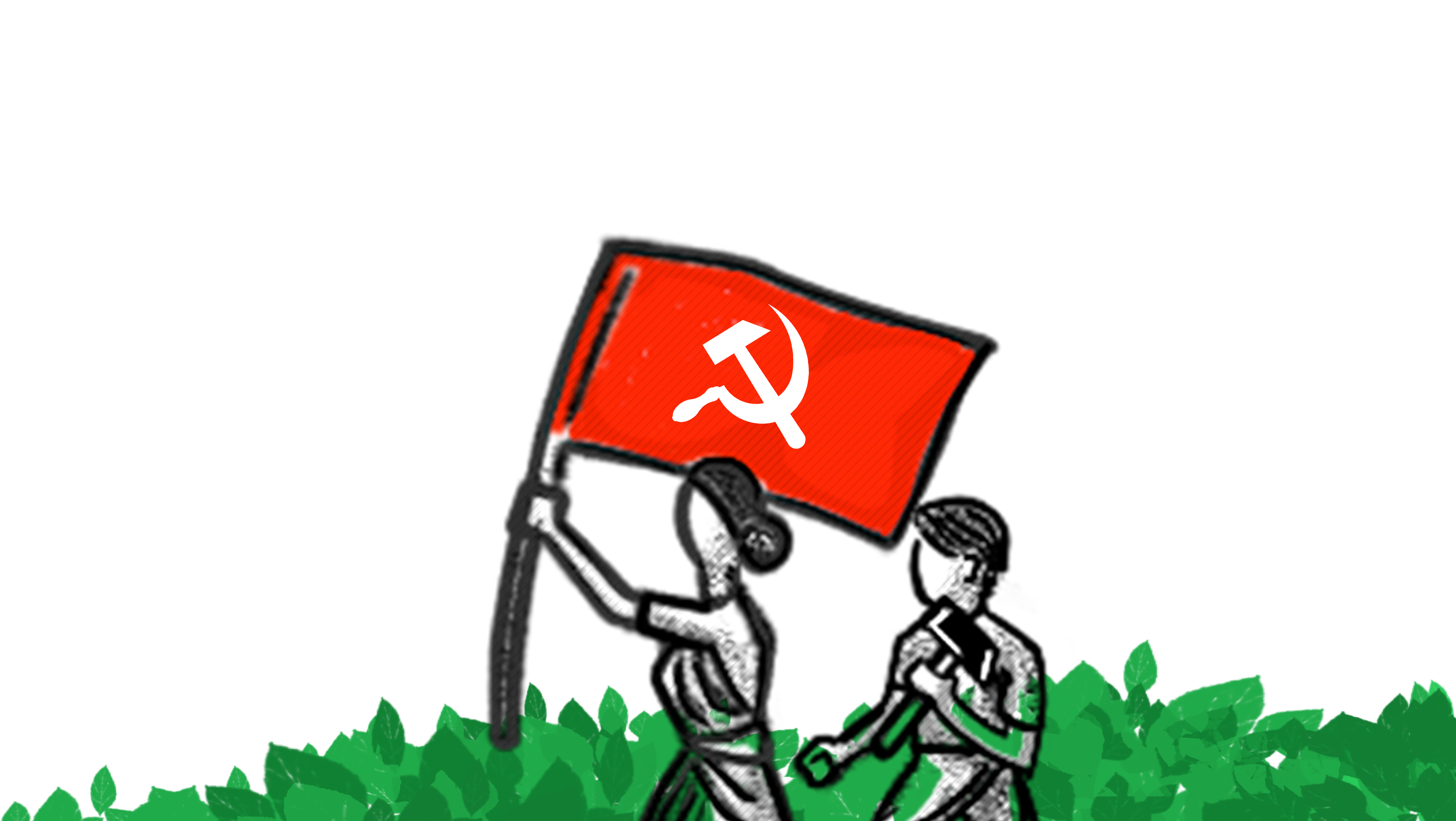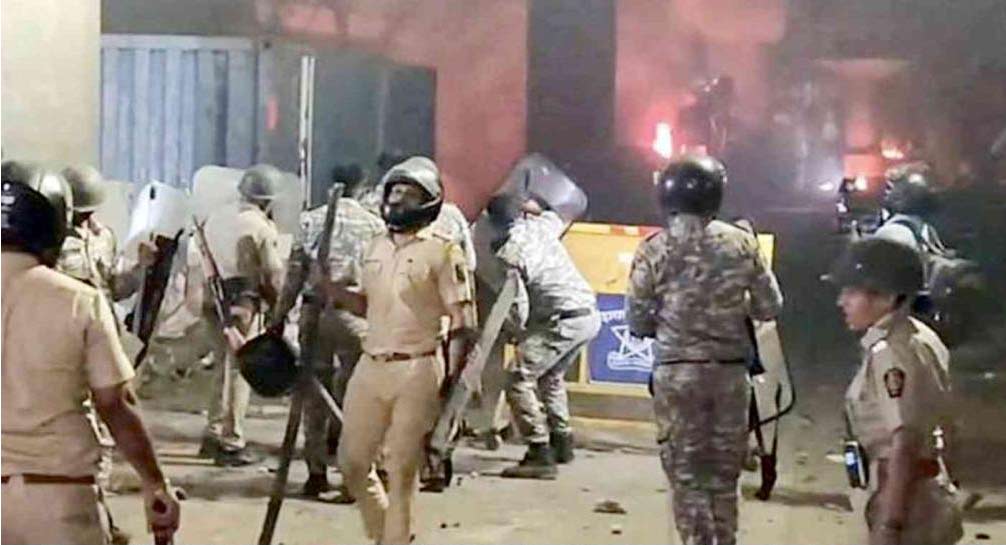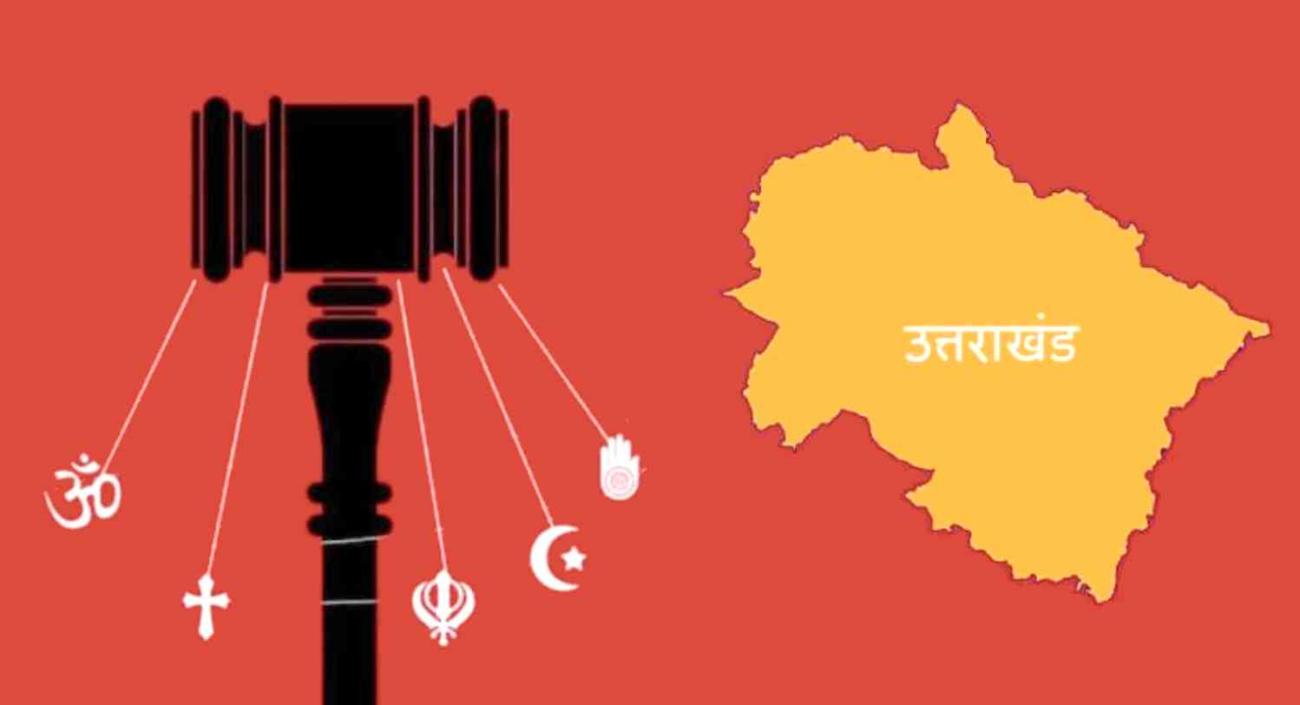A Response to Shaibal Gupta
In the wake of Shahabuddins release, the media was full of stories about a verbal spat between Shahabuddin and Nitish Kumar, and a potential danger to the RJD-JDU gatbandhan (alliance). It is another matter that this verbal sparring sounded a lot like shadow-boxing, helping Nitish Kumar evade responsibility for the taint of Shahabuddins release.
Shaibal Gupta is clearly trying to salvage Nitish Kumars image in the wake of the bad press over Shahabuddins release. Let us examine his arguments.
Gupta argues that the musclemen (bahubalis) thrive in a feudal society and economy, accumulating wealth through firearms and violence: In the absence of a capitalist culture, their accumulation does not get converted into productive or industrial capital. In the intensity and ferocity of their atrocities, they resemble the traditional elite castes. Thus, even though they are not the defenders of the rural feudal edifice of Bihar, they acquire all the trappings of feudalism in their personal lives and, in the process, even leave the traditional feudal far behind.�
There are two points of interest here. First, is Gupta obliquely indicating or acknowledging a truth about Nitishs Bihar: which is that the bahubali in todays Bihar is able to channel their accumulation through crime, into productive or industrial capital?� It is a fact that the musclemen and criminals of yesteryear have branched into lucrative fields like the education mafia today in Bihar under Nitish Kumar. Second, how does Gupta arrive at the conclusion that the musclemen and bahubali-turned-lawmakers were not defenders of the rural feudal edifice of Bihar?� Even by Guptas own admission, the two instances he cites the Ranveer Sena and Shahabuddin were very much defenders of the rural feudal edifice of Bihar� against the CPI(ML). To his credit, Gupta does acknowledge that both Ranveer Sena and Shahabuddin had a common agenda: They protected the landed interests of almost the same social group. In the process, they maimed and massacred the subaltern with impunity.�
Gupta observes, The Robin Hood image stems from the practice of robbing� the rich and distribution of the booty� among the poor, but the Ranbir Sena and Shahabuddin were known to have strong support from the feudal oligarchy of south Bihar and the Siwan district. Both tried to muzzle the voice of the peoples movement and had frontal confrontations with the communist movement. While the Ranbir Sena organised several massacres, including the one at Bathani Tola, Shahabuddin was in direct confrontation with the CPI(ML). Most of their victims were from the subaltern classes and castes. It is surprising that a Shahabuddin got political space in a broadly subaltern-centric party like the RJD. In some senses, Shahabuddins image is in direct contradiction with that of Lalu Prasad who symbolised the social justice� aspiration in the Nineties.�
Here, Gupta fails to confront a rather obvious conclusion that flows from the facts he himself has outlined. Lalu Prasad allowed the Ranveer Sena to rampage unchecked for the same reason he co-opted Shahabuddin they were both used by him against the assertion of the CPI(ML). Lalu Prasads relationships with the Ranveer Sena and Shahabuddin, and the fact that the Nineties when Lalu Prasad and Rabri Devi ruled Bihar witnessed the worst massacres and killings of the subaltern classes and castes� point to the hollowness of his rhetoric of social justice.�
Gupta argues that Nitish has emerged as a symbol of the authority of the state during the last decade. Even during Nitishs third term in office, criminals have not got any respite. He is essentially a statist who believes in the rule of law. One should remember that Bihar is not Latin America where the mafiosi can take on the state and the army. Here even a daroga can vanquish the mightiest criminal, if backed by state power and support. After 2005, the state has been on a spree of securing convictions, and high-profile criminals have literally cried for mercy in court. Even Brahmeshwar Mukhiya and Shahabuddin were like chastened schoolboys behind bars. They allegedly conspired in killings from their cell, but they never tried to break jail security.� He also adds that both the Ranbir Sena and Shahabuddin had to bite the electoral dust in the last 10 years� and During the funeral of the Ranbir Sena chief or after the release of Shahabuddin, the most venomous utterances were reserved for Nitish Kumar.�
There are certain selective silences, evasions and half-truths in Guptas narrative. Gupta gives Nitish Kumar credit for a 'spree of convictions' of Ranveer Sainiks and Shahabuddin, but assigns him no responsibility for the spree of acquittals of Ranveer Sena convicts and bail for Shahabuddin. Not a single person today serves any punishment for the Ranveer Sena massacres. One may watch the Cobrapost sting tapes where Ranveer men boast of their bloodthirsty massacres, and make up our minds whether rule of law really rules in Bihar today. It is true that the Nitish Kumar Government has appealed the acquittals but only in those cases where the survivors supported by the CPI(ML) also did so. In the massacre cases where the survivors had been intimidated and silenced, the Bihar Government did not appeal the acquittals.
He implies that the Ranveer Sena chief Brahmeshwar Mukhiya was tamed, contained and jailed by Nitish Kumar. The truth is that the Ranveer Sena was politically marginalised by the CPI(ML) struggles, not by economic forces unleashed and rule of law restored by Nitish Kumar. Brahmeshwar Mukhiya was jailed in 2002 (during the last phrase of RJD rule) in what was widely believed to be a surrender: a move by the RJD Government to protect him at a time when the Ranveer Senas wings had been clipped by the CPI(ML).
In the nine years that Brahmeshwar was in jail, the cases against him were never pursued with any seriousness. In fact, in 2010 (remember, Nitish was CM then) when a trial Court convicted several Ranveer Sainiks for the Bathani Tola massacre, the Bihar police and Government maintained that they could not charge Brahmeshwar for the crime since he was absconding an absurd claim since Brahmeshwar was then in Ara jail! The Hindu (Prime accused absconding, 23 convicted in Bathani Tola massacre case, Shoumojit Banerjee, May 6, 2010) then reported: The Mukhiya continues to be a non-FIR accused even after he was nabbed from Patnas Exhibition road on August 29, 2002.
While the government dithers on Brahmeshwars case fearing an upper-caste backlash this crucial election year, highly sceptical ponderings which surfaced soon after the Bathe verdict, are slowly turning into a cruel certainty in what is being constituted as an open cover-up� on part of the government in Bhojpur judicial circles.
It is hard to fathom as to what is preventing the police and the government in bringing to book this criminal, who has been lodged in Ara jail since 2002,� said Special Public Prosecutor Mr. Rambabu Prasad, speaking to The Hindu from Ara. This clearly shows that both the police and the government are not interested in ensuring that justice is meted out.�
With the polices failure to produce the Butcher of Bathani Tola� in the Patna Sessions Court on April 7, a disturbing aspect of the case has been the repeated feigning of confusion� on its part as to the status of Brahmeshwars investigation.
The police has also conveniently the blamed the prosecution for failing to serve them notice regarding Brahmeshwars location.
An absurd pretext, given that practically everyone in Bihar knows the Mukhiya to be safely ensconced in Ara jail for the last 8 years and counting.�
So much for Nitishs famous respect for rule of law� where a daroga can vanquish the mightiest criminal�: the police under him claimed not to be aware of the location of the mastermind of Dalit massacres when he was safely ensconced in jail!
As for the Ranveer Sena biting the electoral dust� that too is a half-truth. To take just one fact the JDU MLA from Tarari (where Bathani Tola is located) between 2010-2015 was Sunil Pandey, well known for his Ranveer Sena connections. After Brahmeshwars assassination there was bad blood between Pandey and Brahmeshwar supporters; the latter suspected Pandey of having conspired to kill Brahmeshwar. In the 2015 Assembly polls, Sunil Pandeys wife contested as a candidate of the Lok Janshakti Party, a BJP ally. Meanwhile, the Mahagatbandhan of JDU, RJD and Congress fielded Congress leader Akhilesh Prasad Singh from Tarari the same man who, at Brahmeshwars funeral had described the Butcher of Bihar as a towering personality the likes of whom are born once in 100-200 years.� (Supporters praise Ranvir Sena founder Barmeshwar Singh, India Today, Giridhar Jha, Patna, June 3, 2015) The point is that be it the JDU, the Mahagatbandhan or the NDA, they all continue to represent and appease the Ranveer base in Bhojpur. If the Ranveer elements bit the dust, it was thanks to the CPI(ML) that won the Tarari seat in the 2015 polls.
Gupta makes much of the abuse heaped on Nitish Kumar by Ranveer Sena men at Brahmeshwar Mukhiyas funeral. What Gupta fails to recall is that after Brahmeshwar's killing, Nitish 'Rule of Law' Kumar himself instructed his police not to act while Ranveer Sena men rioted with impunity and attacked Dalit hostels, Ambedkar statues and public property on the pretext of a funeral procession� between Ara and Patna. Nitish Kumar himself argued that Had the police taken action against the rioters on the fateful day, the consequences could have been disastrous.� (Nitish Kumar defends DGPs stand on videography of Ranvir Sena rioting, PTI, September 10, 2012) How is this justification for allowing a public funeral procession and for police inaction against riotous mobs any different from Modis justification for the fateful VHP funeral procession and police inaction against the riotous mobs of Gujarat 2002?
Can it be forgotten that one of the first decisions made by Nitish Kumar in his very first term as CM, was to disband the Amir Das Commission that was about to submit its report revealing links between Ranveer Sena and its political masters many of whom were BJP leaders (then Nitish Kumars allies), and also several JDU leaders?
With Nitish Kumar as Chief Minister, Dalits continue to be attacked with impunity. CPI(ML) activists who struggle for the rights of Dalits rot in jail on false charges while acquittals and bail flow freely for the Ranveer Sainiks and Shahabuddins. The changes in the political economy claimed by Shaibal Gupta are rather shallow and cosmetic for the poor, the oppressed, the Dalits of Bihar, what little has changed is due to their own struggles, and they are having to defend those gains and demand justice with the weight of the Government and Administration against them.
Arguments about the supposed irrelevance of the Ranveer Sena and Shahabuddin in such a context inevitably seem to be asking the fighters for justice to move on, just as Bihar has moved on. How is that very different from Modi claiming that justice for 2002 is no longer relevant since Gujarat has developed, riots no longer take place, and its best for everyone to move on?
Justice can never be irrelevant. Justice and accountability for past crimes are the bedrock on which just social and economic relations are founded. No claims of just society or development can be genuine that conveniently side-step the quest for justice.
In Brechts immortal words:
Justice is the bread of the people
...Nourished by the bread of justice
The work can be achieved
From which plenty comes.
...As daily bread is necessary
So is daily justice.
... Since the bread of justice, then, is so important
Who, friends, shall bake it?
Who bakes the other bread?
Like the other bread
The bread of justice must be baked
By the people.
Plentiful, wholesome, daily.





